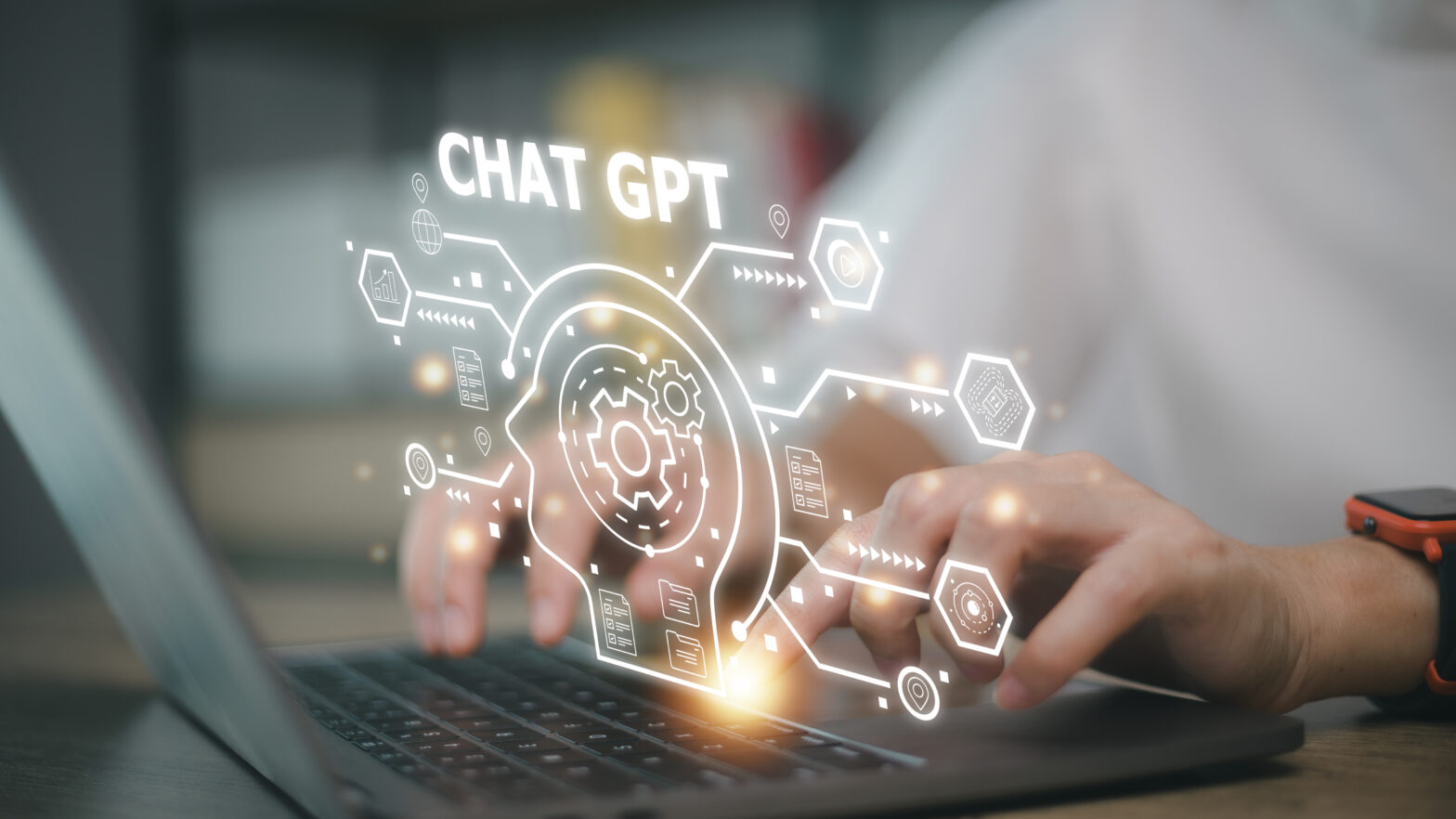What are the use cases for embedding generative AI in your enterprise? How can it help ease burden of repetitive admin? What are its limitations?
Research firm Gartner reports that venture capital companies have invested over $1.7bn in generative AI solutions over the last three years. With AI-enhanced chatbots taking media by storm, this is only going to sharply increase. As it gains popularity among millions of users worldwide, there is no denying the power of generative AI for enterprise.
OpenAI’s ChatGPT, which debuted in November 2022, instantly went viral thanks to its sophisticated way of generating in-depth, human-like responses to queries.
‘Generative AI tools can potentially provide users with misleading or incorrect information, as well as biased and even harmful content’
Since then, Microsoft has announced further investments in OpenAI, Google introduced its own rival tool, and OpenAI recently unveiled the latest version of the model which powers its popular chatbot – GPT-4, now able to respond to both text and images.
It’s no surprise that business leaders are asking themselves, should we incorporate the potential of generative AI into our enterprise? And, if yes, how do we do it? What are the risks?
In this article, I’ll explore some of the steps enterprises can take to embrace these capabilities, manage some of the limitations of GPT technology and give some examples on where GPT could bring business benefits.
Identifying the use case
The first thing to do when incorporating GPT into business is to pinpoint the specific use case where it can be beneficial. This may include content generation, customer experience automatisation, internal knowledge management, usability improvement, or any other area where natural language processing is important.
To pinpoint these use cases, enterprises need to understand their goals. Consider what the overarching goals might be, such as upskilling employees, futureproofing processes, or freeing up valuable time, to name a few.
Once the use cases and goals have been defined, an enterprise can begin to implement generative AI in its conversational workflows. Whilst integrating the model into existing systems is likely to be your first port of call, training employees on how to use it, and continually monitoring and refining the model to improve its functionality should be key components of your deployment plan.
Assessing cost-to-benefits
The cost of running a company is undeniably one of the key factors for any leader. Of course, this is something that you are going to have to consider when assessing generative AI. Assessing cost-to-benefits is going to be different for every business, depending on the size of the company and the scale of deployment.
Although implementing a virtual assistant such as ChatGPT or any other generative AI solution involves some additional costs, it does have the potential to reduce internal and external resources and personnel costs in the long run.
Generative AI is becoming increasingly accessible with many existing business tools incorporating GPT capabilities, or similar large language models, to enhance their existing offering. This can provide a more cost-effective gateway to deploying generative AI than building your own tools.
ChatGPT enterprise use cases
Below are two examples that demonstrate what GPT deployment in an enterprise could look like in practice, and the areas it could benefit:
Increasing efficiency
Automation lies at the heart of the GPT model. So, if your goal is to increase efficiency using automation, there are many areas you could consider.
Thanks to its capabilities, it can prepare notes, schedule appointments, and send reminders – in other words, relieve employees of repetitive, time-consuming tasks. By automating such processes, people are free to focus on more strategic and complex assignments. These can also be made easier, as when provided with large amounts of source material, ChatGPT is able to generate summaries, pull-out specific requested information, or paraphrase and source ideas, to name just a few examples.
Team efficiency has a direct impact on the performance of the company. Using GPT takes the pressure off stretched teams and improves their overall job satisfaction, ultimately increasing their productivity and well-being.
And GPT can be leveraged to automate customer interactions, such as responding to common enquiries and processing orders. This can speed up response times, reduce errors, and increase customer satisfaction. All with benefits for the operation of the entire enterprise.
Improving user experience
ChatGPT’s natural language capabilities are one of its biggest strengths. Leveraged in virtual assistants or chatbots, it enhances the quality and variety of user experiences, providing more human-like interactions for clients of the company. This could have a considerable positive impact upon the customer service experience – especially when many of us have been frustrated by chatbot interactions in the past.
Virtual assistants could also be used to improve the employee experience in areas like sharing and managing internal knowledge, one of the most important assets in business. They assist employees in finding data and templates, generating elaborate texts and documents, conducting onboarding, performing complex tasks, connecting them with other team members, encouraging “blue-sky thinking”, and many more.
Furthermore, the employee experience can actually be further enriched by the crowdsourcing process required to source up-to-date, business relevant information to fuel the virtual assistant. Crowdsourcing across the business for this knowledge fosters collaboration that defies department boundaries. This encourages teams to build connections while keeping “human experts” in the loop at every stage.
Generative AI for enterprise – the minuses
Alongside the positive media coverage, the GPT limitations have been widely documented. This is partly due to their training on vast amounts of unverified internet data. Generative AI tools can potentially provide users with misleading or incorrect information, as well as biased and even harmful content. In fact, the developers of ChatGPT make their users aware of all these limitations on its website. Copyright and legal issues have also been raised.
And even the introduction of the GPT-4 version, with more advanced algorithms and larger databases, enabling it to have a much better understanding of nuances and contexts, does not eliminate its flaws, as OpenAI CEO Sam Altman wrote on Twitter.
Any enterprise looking to implement generative AI tools needs to have strategies in place to mitigate any limitations. The key to managing these is human supervision and control.
Ringfencing GPT
Deploying a team of conversational designers/moderators overseeing what knowledge is searched and which GPT capabilities are used, gives control over what information is passed on to users. Ringfencing GPT to only source knowledge from specific data sets can also prevent it from falling back on inaccurate internet sources. This way, you can exploit the potential of GPT technology, whilst neutering possible risks at the same time.
Careful implementation
Harnessing GPT’s capabilities requires a diligent approach and careful implementation. Ringfencing GPT to only source knowledge from specific data sets can prevent it from falling back on inaccurate internet sources. These are some of the control mechanisms we have put in place at Biomni as part of GPT-enabled Tenjin.
By following the steps outlined above, enterprise can unlock the full potential of generative AI in their organisations and improve their operations, while taking proactive steps to mitigate any limitations. Businesses that invest in generative AI are primed to reap significant benefits, including improved customer experience, increased efficiency, and better deployment of resources.
Angus Gregory is CEO of Biomni, the software vendor of virtual assistant Tenjin










